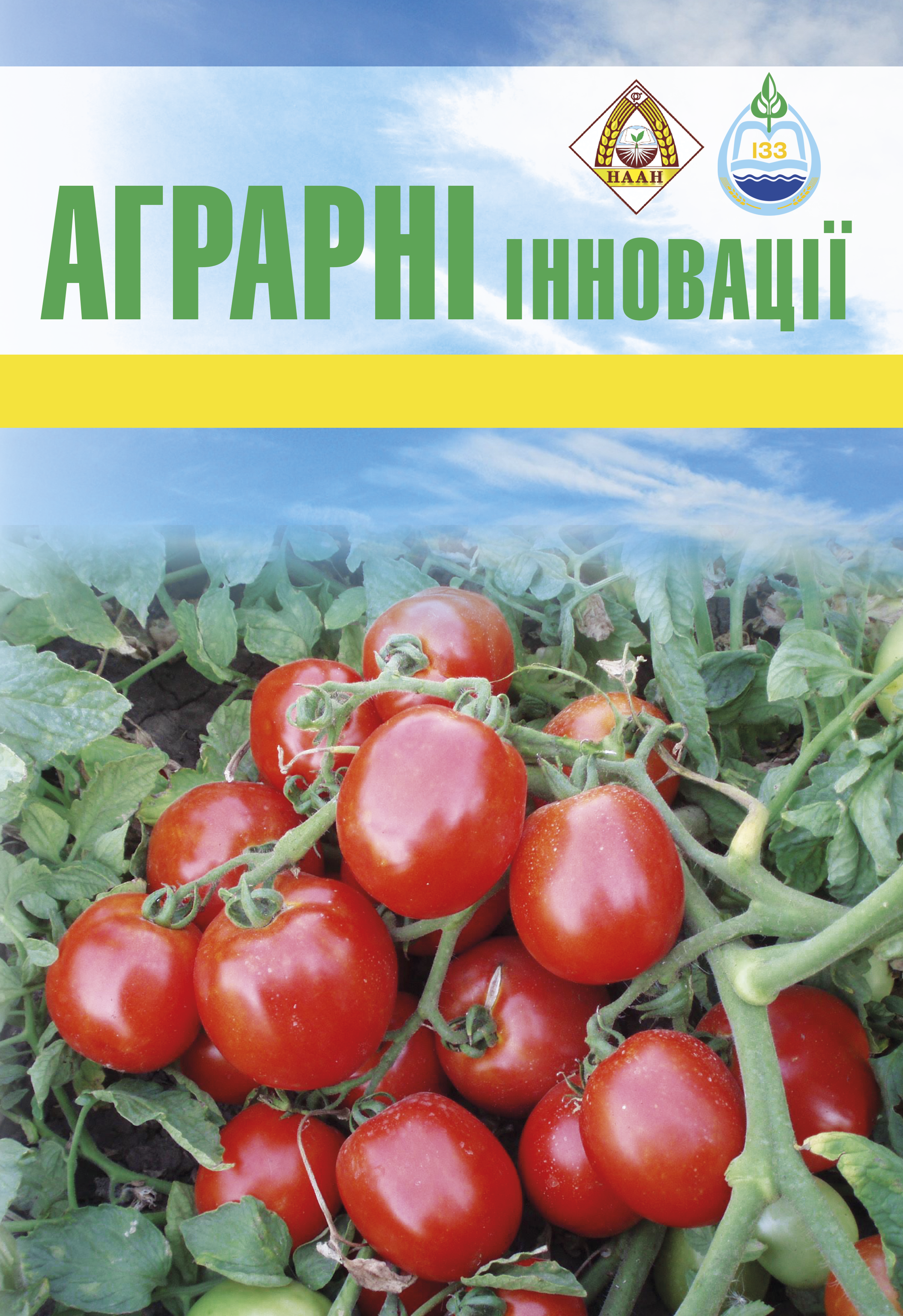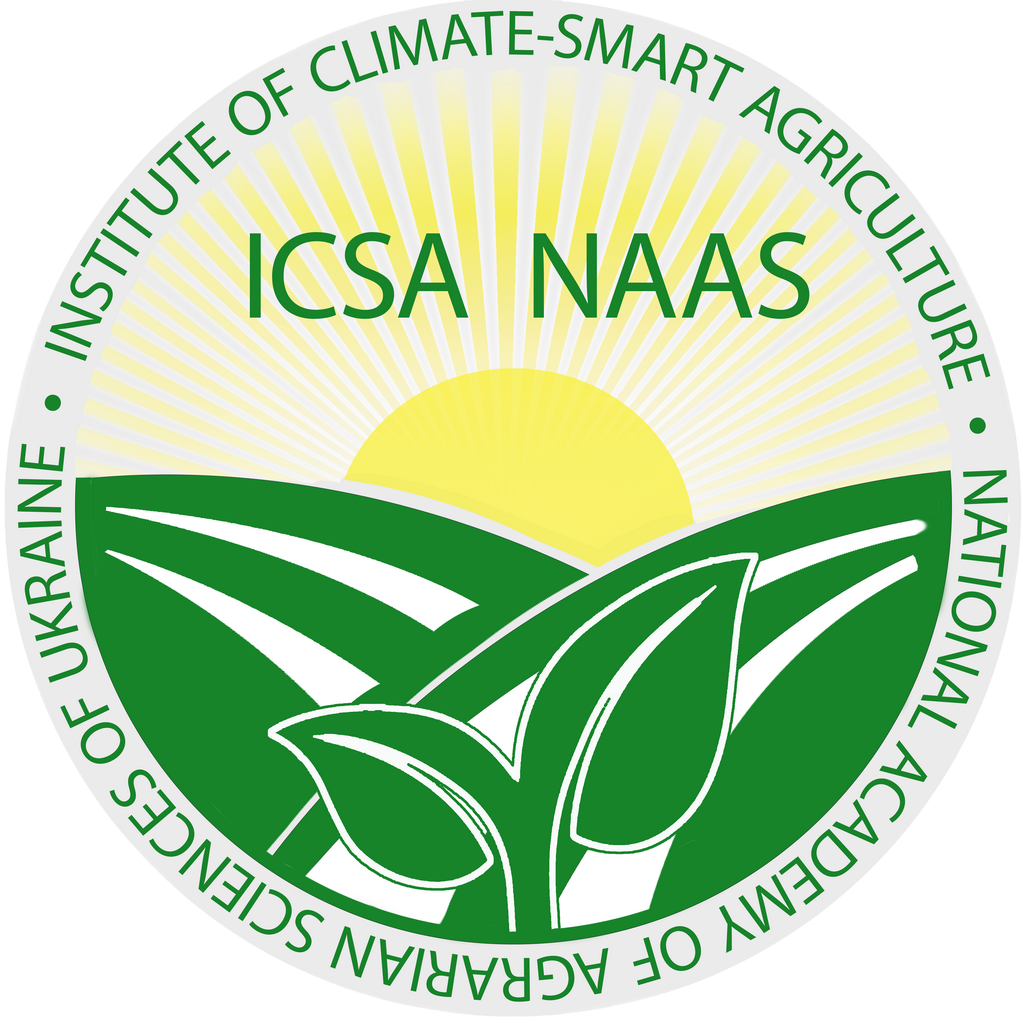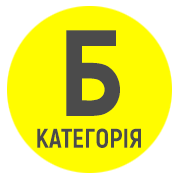Removal and balance of nutrients in winter wheat cultivation on sodpodzolic soil
Abstract
Рurpose. To study the dynamics of nutrient removalby winter wheat and to estimate the balance indices ofnitrogen, phosphorus and potassium depending on theconditions of winter wheat cultivation on sod-podzolic soil.Мethods. Field experiment to study the impact of the factorsunder study; agrochemical analysis to quantify thecontent of nutrients in soil and plants; statistical methodsto substantiate the significance of the results. Results. Onaverage, in 2021–2023, the yield of winter wheat increasedby 1.8–2.4 times compared to the control (without fertilisers)and by 1.4–1.9 times compared to the background variant,depending on the application of different doses and typesof ameliorants. It was the highest (4.97 t/ha) when applyinga fertiliser dose calculated by the normative method for theremoval of NPK with the main and corresponding amountof by-products (N150P50K125) with two foliar fertilisation withmicrofertiliser on a background of 1.0 Hh CaMg(CO3)2. Inthe economic removal of elements by the harvest of winterwheat plants, the largest amount was recorded for nitrogen– 60.5–162.4 kg/ha, then potassium – 31.7–96.0 kg/ha,and the least amount of phosphorus – 19.4–57.7 kg/ha.The balance of nutrients at the recommended (N120P60K90)and calculated for removal by the main and by-products(N150P50K125) doses of fertiliser against the background of1.0 Hh CaMg(CO3)2 + microelements showed a negativebalance for nitrogen (-16.6 and -8.5 kg/ha) and a positivebalance for phosphorus (22.7 and 11.2 kg/ha) and potassium(61.8 and 92.3 kg/ha). The introduction of an increaseddose of dolomite flour (1.5 Ng CaMg(CO3)2) or a singledose of CaCO3 did not change the trend of distribution ofbalance indicators shown for the previous variants. In the variant of the calculated dose of fertiliser for the main product(N130P25K35) on the background of 1.0 Hh CaMg(CO3)2with microelements, the value of the negative nitrogen balancedecreased to -6.5 kg/ha, however, the phosphorusbalance was shown as negative (-7.7 kg/ha) with a positivepotassium balance (8.5 kg/ha). Conclusions. The mosteffective way to manage the productivity of winter wheat onsod-podzolic soil is a combination of chemical ameliorationand fertilisation. Depending on the application of differentdoses and types of ameliorants, the yield of winter wheatgrain increased more than twice compared to the control.The maximum values of nitrogen and potassium removalwith the main and by-products were observed whenN150P50K125 + microfertiliser was applied against the backgroundof 1.0 Hh dose of CaMg(CO3)2, while phosphorusin the variant N120P60K90 (rec.) + microfertiliser against thebackground of 1.5 Hh dose of CaMg(CO3)2. The most optimaloption in terms of balance indicators for growing winterwheat while leaving by-products in the field is the useof a calculated dose of fertiliser that compensates for theremoval of NPK by the main product (N130P25K35), combinedwith foliar application of trace elements on the backgroundof 1.0 Hh СаMg(СО3)2. This fertilisation system ensures ahigh level of potassium balance intensity (130.6%), preventsnitrogen deficiency (95.7%) and avoids soil oversaturationwith phosphorus (77.7%) due to the high contentof mobile compounds, which is important for maintainingoptimal soil fertility.
References
2. Ågren G.I., Weih M. Plant stoichiometry at different scales: element concentration patterns reflect environment more than genotype. New Phytologist. 2012. 194: Р. 944–952. https://doi.org/10.1111/j.1469-8137.2012.04114.x.
3. Фатєєва А. І., Самохвалова В. П. Діагностика стану хімічних елементів системи ґрунт – рослина. Харків: КП «Міськдрук», 2012. 146 с.
4. Система удобрення сільськогосподарських культур у землеробстві початку ХХІ століття. / За ред. С. А. Балюка, М. М. Мірошниченка. Київ: Альфа-стевія, 2016. 400 с.
5. Roy, R.N.; Misra, R.V.; Lesschen, J.P.; Smaling, E.M. Assessment of soil nutrient balance: approaches and methodologies. 2003, Rome, Italy: FAO, 101 p. URL: https://openknowledge.fao.org/handle/20.500.14283/y5066e
6. Любич В. В. Вплив абіотичних та біотичних чинників на продуктивність сортів і ліній пшениці спельти. Вісник Полтавської ДАА. 2017. № 3. С. 18–24.
7. Польовий В.М., Ященко Л.А., Ровна Г.Ф., Гук Б.В., Ювчик Н.О. Еколого-економічні аспекти вирощування пшениці озимої на дерново-підзолистих ґрунтах залежно від удобрення і вапнування. Агроекологічний журнал. 2021. № 2. С. 64–70.
8. Польовий В.М., Ященко Л.А., Ювчик Н.О. Винос елементів живлення пшеницею озимою залежно від удобрення і вапнування в умовах Західного Полісся. Вісник аграрної науки. 2021. № 5. С. 5–12.
9. Господаренко Г. М., Любич В. В., Мартинюк А. Т. Агрохімічні властивості ґрунту за тривалого застосування мінеральних добрив. Аграрні інновації. 2023. № 19. С. 34–38.
10. Господаренко Г.М. Любич В.В., Сіліфонов Т.В. Формування балансу основних елементів живлення за вирощування різних сортів пшениці мякої озимої залежно від системи удобрення. Збірник наукових праць Уманського НУС. Випуск 105. Частина перша. 2024. С. 338–352.
11. Гамаюнова В.В., Томницький А.В. Баланс основних елементів живлення у ґрунті залежно від внесення мінеральних добрив під нут. Вісник аграрної науки Причорномор’я. 2013. Вип. 1. С. 103–108.
12. Losacco D., Ancona V., De Paola D., Tumolo M., Massarelli C., Gatto A., Uricchio V.F. Development of Ecological Strategies for the Recovery of the Main Nitrogen Agricultural Pollutants: A Review on Environmental Sustainability in Agroecosystems. Sustainability. 2021. Vol. 13. 7163.
13. Ju X., Xing G., Chen X., Zhang S., Zhang L., Liu X., Cui Z., Yin B., Christie P., Zhu Z., et al. Reducing environmental risk by improving N management in intensive Chinese agricultural systems. Proc. Natl. Acad. Sci. USA. 2009. Vol. 106. Р. 3041–3046.
14. Господаренко Г. М. Система застосування добрив. Київ : ТОВ «СІК ГРУП УКРАЇНА». 2022. 376 с.
15. Камінський В.Ф., Сайко В.Ф. Землеробство ХХІ століття – проблеми та шляхи вирішення. Землеробство. 2015. Вип. 2. С. 3–11.
16. Лісовал А.П., Макаренко В.М., Кравченко С.М. Система застосування добрив. К.: Вища школа. 2002. 317 с.






